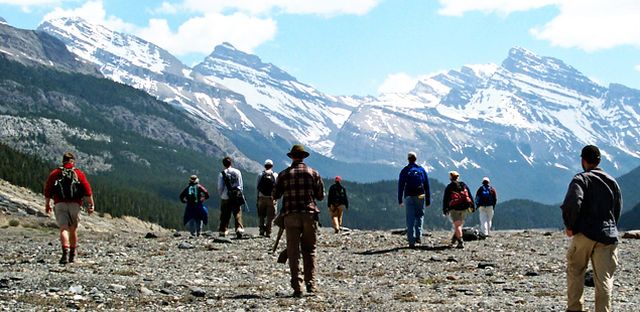
Geology Faculty Publications
Empirical Relationship Between Near-IR Reflectance of Melting Seasonal Snow and Environmental Temperature in a Himalayan Basin
Document Type
Article
Publication Date
4-2007
Publication Source
Remote Sensing of Environment
Abstract
The snow-melting zone forms a site of marked physical-hydrological processes. A basic requirement for monitoring such zones is the data on temperature distribution, for which the method of environmental lapse rate and remote sensing with thermal infrared scanners have been used earlier. In this study, repetitive multispectral image data sets acquired from IRS-LISS-III satellite sensor have been used for snow mapping in the Gangotri glacier, Himalayas, and topographically corrected reflectance values have been computed using a digital elevation model. Temperature measurements at a field station have been used for estimating temperature distribution in the snow-covered basin on the corresponding dates. It is shown here that in the melting seasonal snow zone, the topographically corrected mean near-IR reflectance systematically decreases from higher to lower elevation levels, and can be broadly related to the environmental temperature distribution in a restricted range of about 0–5 °C. As a large number of satellites routinely provide data in the reflected infrared range, this method appears to have a reasonable potential, at least to provide surrogate data for filling-in gaps in the database, with possible applications in environmental surveillance, runoff modeling, climatic modeling and numerous other snowfield studies.
Inclusive pages
402-413
ISBN/ISSN
0034-4257
Copyright
Copyright © 2007, Elsevier
Publisher
Elsevier
Volume
107
Issue
3
Peer Reviewed
yes
eCommons Citation
Gupta, R. P. and Haritashya, Umesh K., "Empirical Relationship Between Near-IR Reflectance of Melting Seasonal Snow and Environmental Temperature in a Himalayan Basin" (2007). Geology Faculty Publications. 19.
https://ecommons.udayton.edu/geo_fac_pub/19
COinS



Comments
Permission documentation is on file.